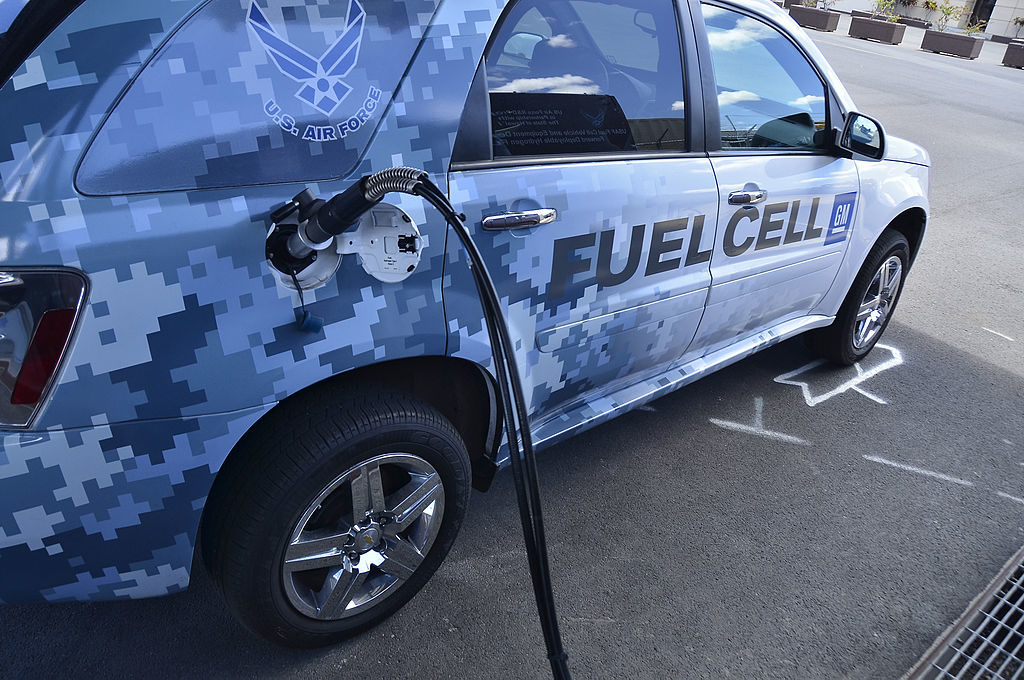
New report maps the development of transport innovations
Technologies may compete, complement or be neutral to one another. This report highlights how different technologies and fuels have developed in the Nordic countries
Several measures and initiatives to decarbonise transport have been introduced in Europe and in the Nordic countries. This report focuses particularly on new vehicle and fuel technologies but it also deals with other transport innovations which can contribute to a shift to cleaner modes of transport, such as mobility as a service (MaaS) and autonomous vehicles (AV).
The analysis considers how policy has mobilised key resources for low-carbon transport innovations in the Nordic region and how the different technologies and fuels have developed.
If the dynamics of an innovation systems does not work well, it can be due to problems with either the system elements or the system functions. The development of a new technology can be slow or fail because important actors are absent or due to lack of competence or, because specific institutions are not in place or not able to support the new technology. It can also be due to interaction problems or to infrastructural problems.
Identification of systemic problems can be helpful for politicians to formulate strategies and to use tools to remedy malfunctions in innovation systems. The TIS-approach can also be used to analyse if and how technologies are related and interact, e.g. how synergies and conflicts can arise between technological systems. Technologies may compete in markets and for resources, they may complement one another or be neutral to one another. A new technology may also benefit from the existence of an older technology, sometimes at the expense of the older technology. Finally a new technology can be locked out via the existence of an older technology.